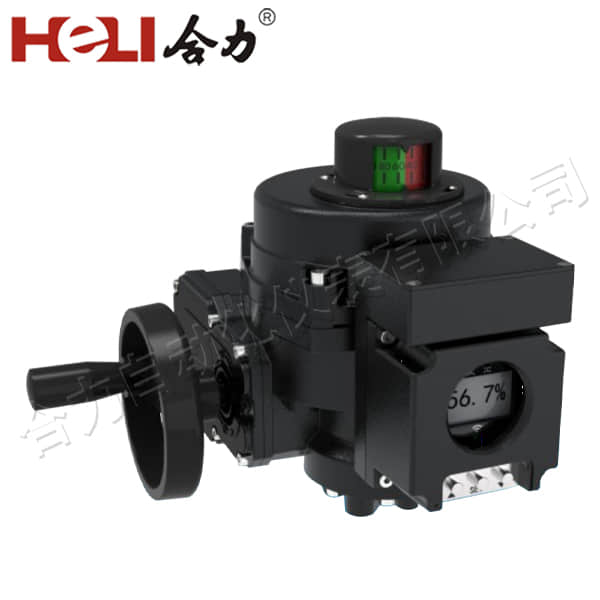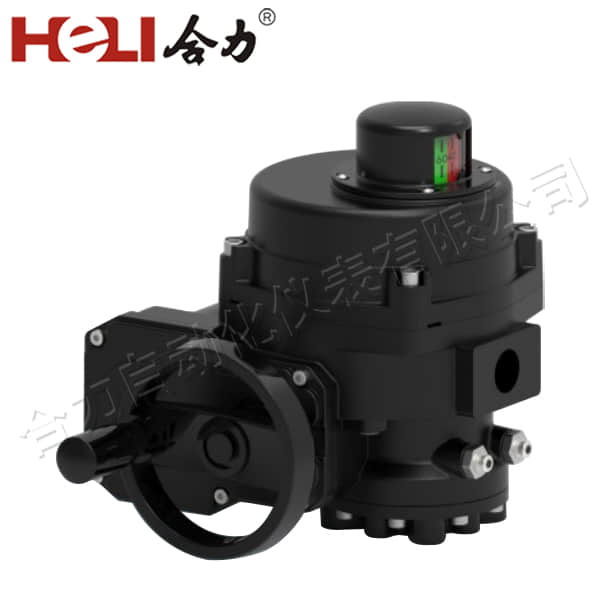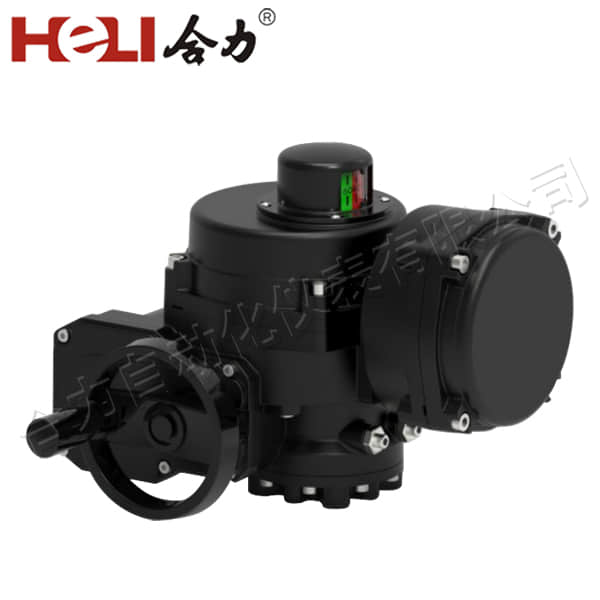In the world of automation and precision control, electric actuators play a crucial role. These devices, often referred to as electric motors or actuators, convert electrical energy into mechanical energy, enabling precise and efficient control over various systems. In this article, we’ll explore the fundamentals of electric actuators, their types, and their diverse applications.

What is an Electric Actuator?

An electric actuator is a device that converts electrical signals into mechanical motion. It typically consists of an electric motor, a gearbox, and a mechanical output mechanism. When an electrical signal is applied to the actuator, it causes the motor to rotate, which in turn drives the gearbox and the mechanical output mechanism. This mechanism can be a lever, a screw, or any other device that converts rotational motion into linear motion or vice versa. Types of Electric Actuators There are several types of electric actuators, each suitable for different applications: Partial-Turn Actuators: These actuators rotate through a limited angle, typically 90 degrees or less. They are commonly used in valve control systems, where they open or close valves to regulate the flow of fluids.
